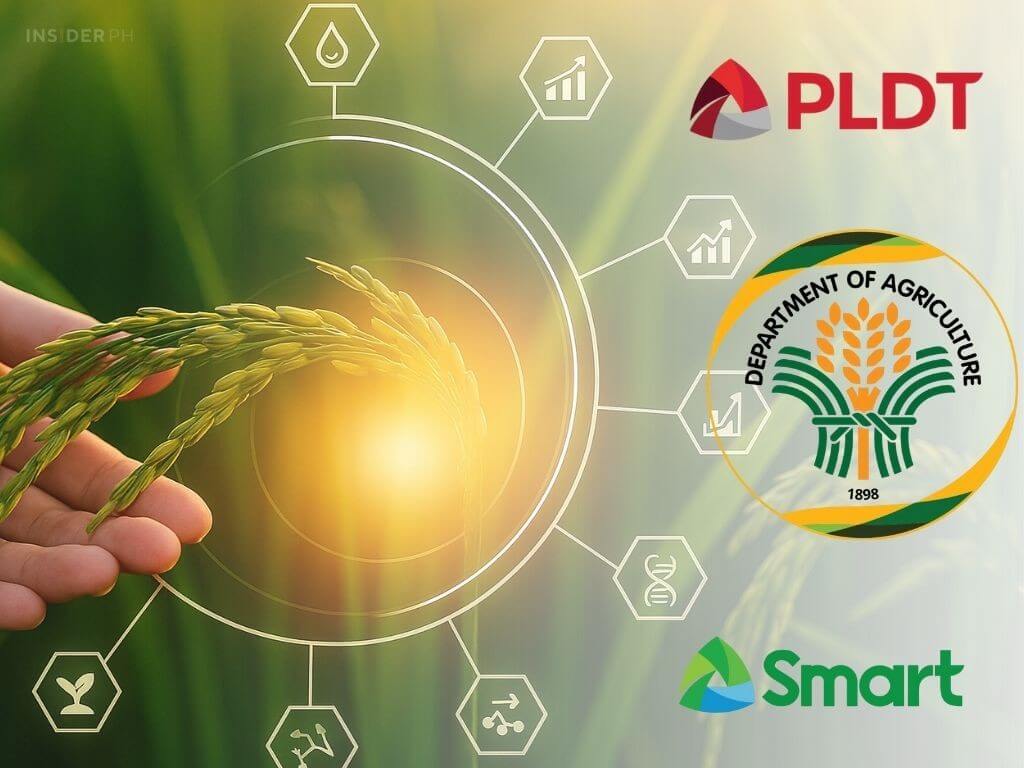

To bridge this gap, the Department of Agriculture–Agricultural Training Institute (DA-ATI) Region 10, in partnership with PLDT and Smart Communications Inc., has provided farmer-trainers with a FarmTech package designed to advance digital farming and improve livelihoods.
Bringing digital tools to the fields
Through the Digital Farmers Program (DFP), members of the Binigwayan, Guinutang, Al Tubo, Tipulonan Farmers Irrigators Association (BIGATFIA) received hands-on training in using mobile applications for crop selection, weather monitoring, and farm management.
With the FarmTech training kit, farmer-trainers can now share what they’ve learned with others—spreading the adoption of technology-driven agriculture across their communities.
BIGATFIA president Manolito Emar, a farmer for over 25 years, emphasized the need to innovate.
“If we don’t explore modern ways of farming, we’ll be left behind. With FarmTech, we can now train more farmers and make our work more efficient,” he said, expressing gratitude to DA-ATI, PLDT, Smart, and the Municipal Agriculturist Office (MAO) of Alubijid.
A bridge of knowledge
The FarmTech package includes mobile devices, connectivity support, and access to agriculture-focused platforms that help farmers make informed decisions, boost productivity, and access wider markets.
For Harbey Businos, Alubijid’s agri-technologist, the initiative is not just about devices but about empowerment.
“The FarmTech package is a bridge of knowledge. Our Digital Farmers Program graduates can now re-echo what they’ve learned, helping others embrace technology for sustainable agriculture,” he said.
Empowering rural communities
This initiative forms part of PLDT and Smart’s broader digital inclusion efforts in agriculture—helping farmers harness technology for productivity, resilience, and sustainability.
It also supports the United Nations Sustainable Development Goals (SDGs), particularly SDG 1 (No Poverty), SDG 2 (Zero Hunger), and SDG 8 (Decent Work and Economic Growth), by enhancing livelihood opportunities in rural communities. —Ed: Corrie S. Narisma